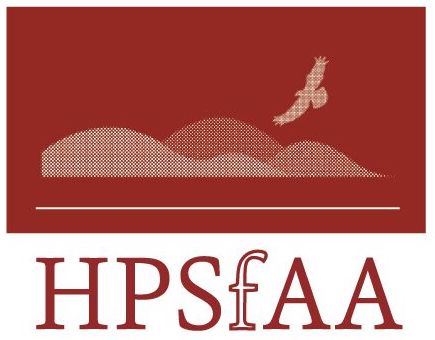  
 
The High Plains Society for Applied Anthropology |
|
Booker T. Washington National Monument: An Assessment and Alternative Interpretation
Willie L. Baber
In 1908 Booker T. Washington visited the formerly owned farmland of James and Elizabeth Burroughs, the same persons owning him as a slave until the 1865 emancipation when he gave a highly publicized speech. Many years later Louis R. Harlan and Park historians relied upon part of Washington’s speech in Hales Ford, Virginia, to support their interpretations of an ethnographic present, 1850 – 1865, a time frame that includes Washington’s years as a boy slave. An alternative interpretation of Booker T. Washington National Monument is presented here. This interpretation is based upon a synthesis of evidence at three levels: material culture represented by an obscure 1847 deed overlooked by Park historians and Booker T. Washington scholars; the analysis of three hypotheses with additional ethnohistorical evidence unknown until uncovered in an ethnographic overview and assessment of the Monument; and known socio- cultural patterns in New World plantation systems.
High Plains Applied Anthropologist No. 2, Vol. 21, Fall, 2001 pp 124 – 135<Get PDF>
Back To List of Previous Issues